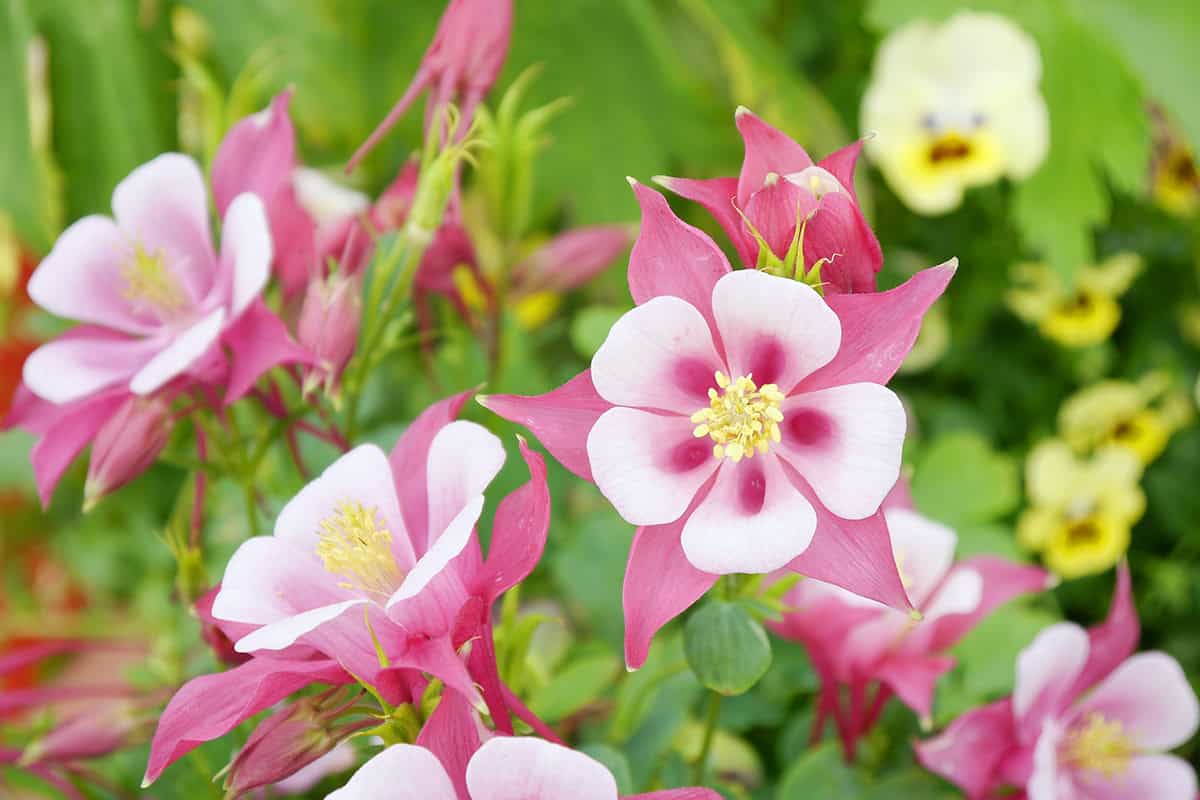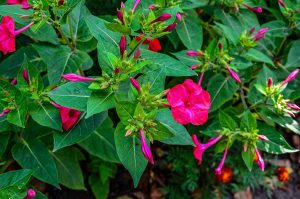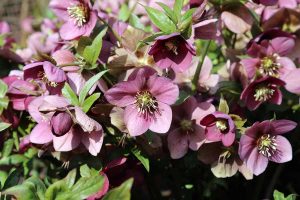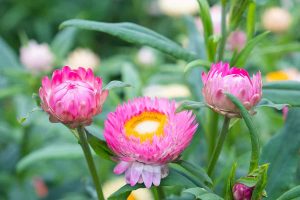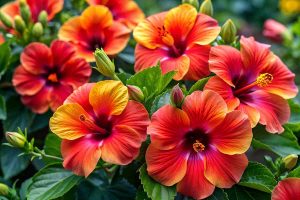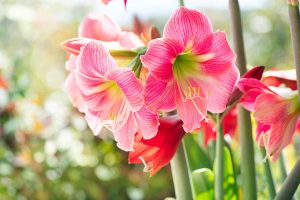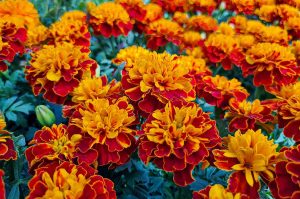Columbine flowers are delicate, colorful, and a favorite among hummingbirds and butterflies. They add a touch of magic to any garden. Keep reading to learn how to grow and care for columbine flowers.
Table of Contents
Light
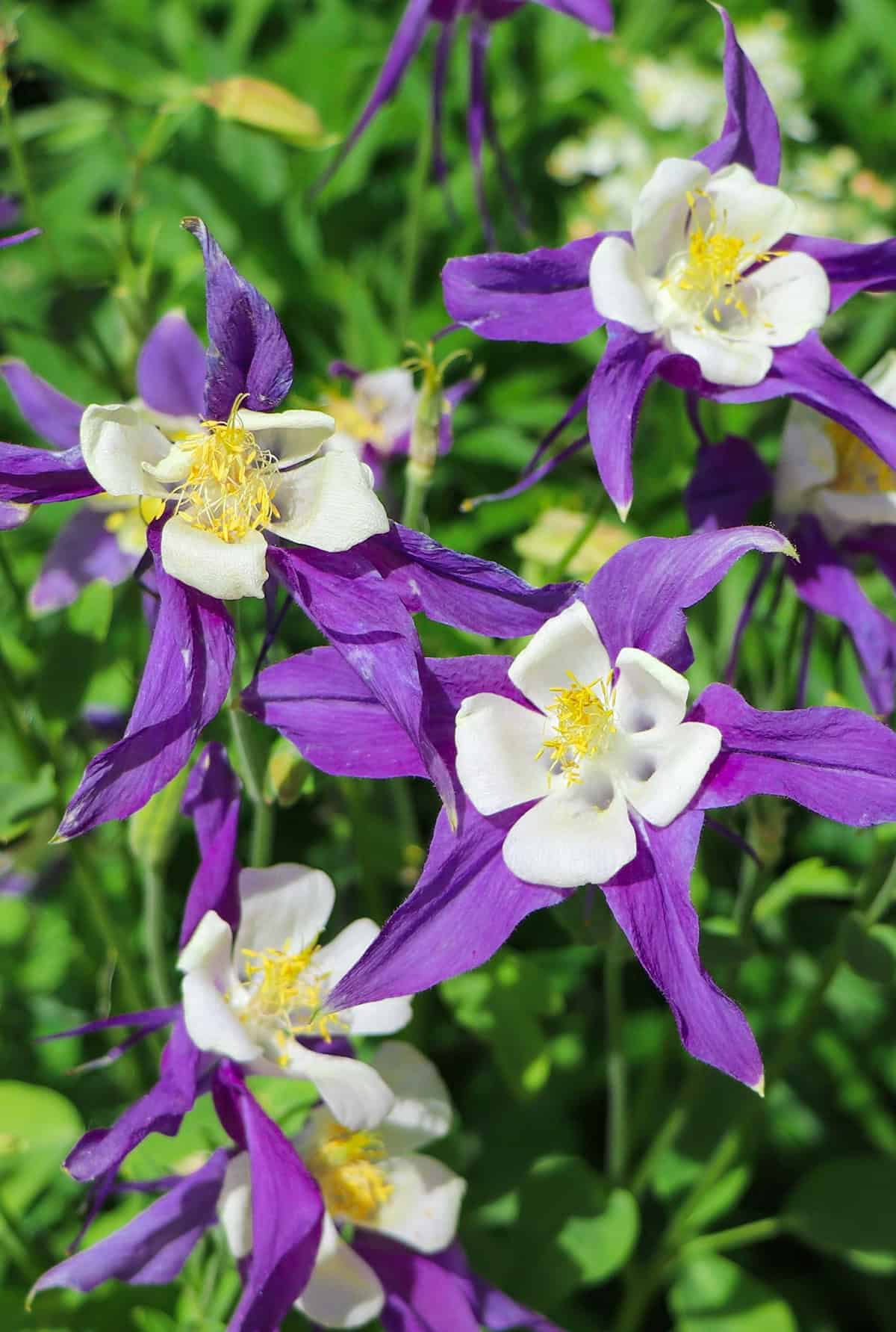
Columbine does fine in sun or partial shade. In hot regions, give them a break from harsh afternoon rays. Morning sun is usually just right.
Filtered light can extend their bloom time, but if you plant them where the midday sun beats down, expect a shorter show—especially in scorching summers. In those cases, dappled light is a safer bet.
They’re pretty adaptable. Full sun works if you keep the soil moist, and in cooler climates, more sun actually helps. Too much shade, though, and you’ll see fewer flowers and stretched-out growth. If they get leggy, try a brighter spot.
Sunlight can even deepen bloom colors, which is a nice bonus. Self-seeding happens best when you match their light preferences, so pay attention to where they seem happiest.
Soil
Columbine really thrives in fertile, well-drained soil. Rich, moist earth lets the roots dig in. Toss in some compost to give them a boost.
They’re not picky about texture—sandy, loamy, or a bit rocky is fine, as long as water drains away. Heavy clay that stays soggy is a problem, though.
Most types like a pH between 5.8 and 6.5. Only worry about adjusting if your soil is way off the charts.
Part shade keeps soil moisture more even, which they like. In sunnier spots, check soil more often and water if it’s dry. Let the top inch dry out before watering again.
Compost helps sandy soils hold moisture, and organic matter loosens up clay. Getting the soil right at the start saves you work later.
If you want more plants, let a few seed pods mature. Just don’t go overboard with fertilizer—too much nitrogen means lots of leaves, not many flowers.
Water
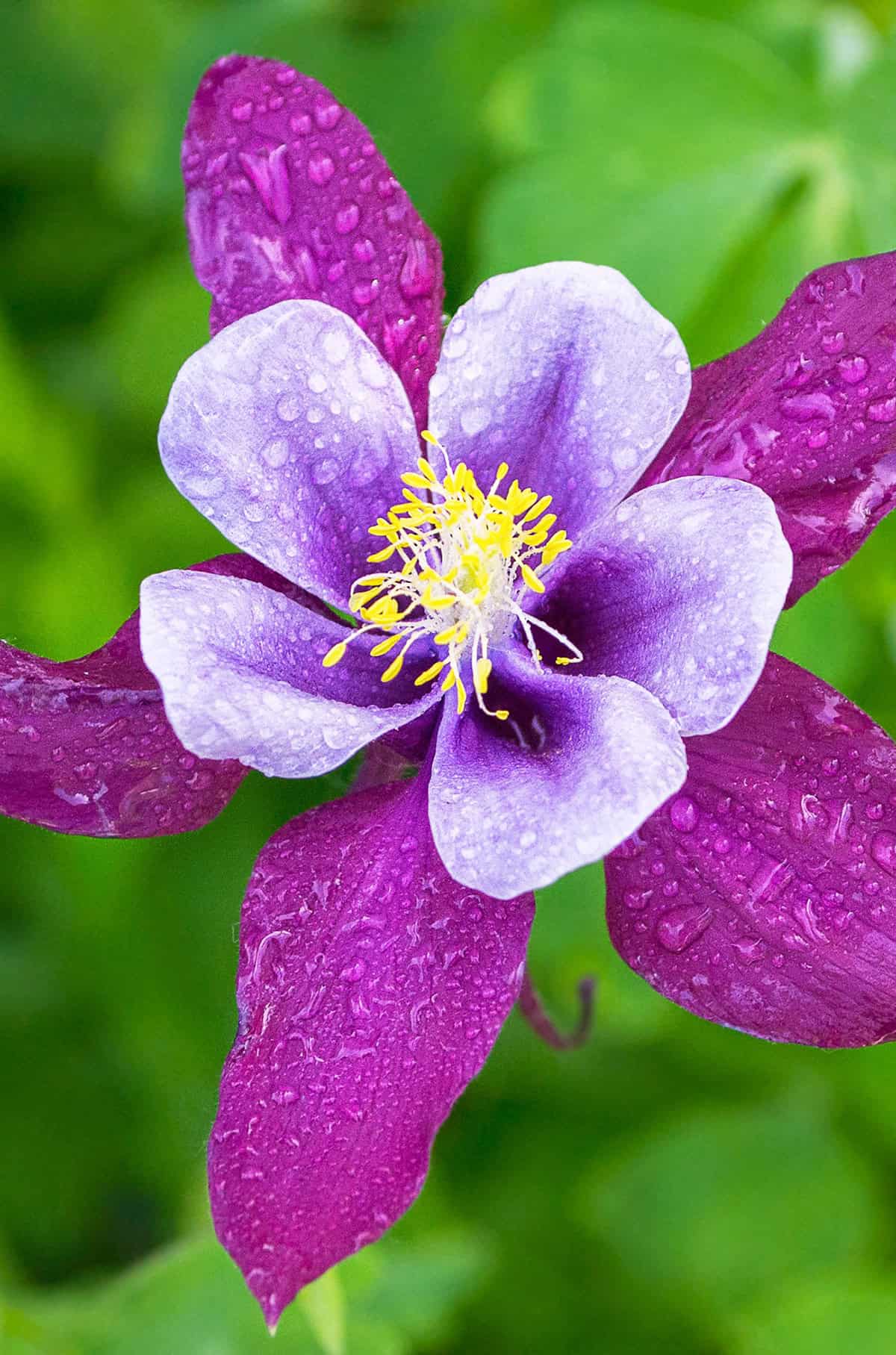
Keep columbine soil consistently moist, but never soggy. They hate sitting in waterlogged dirt—roots will rot if you’re not careful.
Let the top inch dry before watering again. If it’s dry to the touch, it’s time for a drink.
During hot, dry spells, water more often. Wilting leaves are your cue. Young plants especially need consistent moisture until they settle in.
Too much water leads to yellow leaves and root issues. Make sure the planting spot drains well. Mulch helps hold moisture but keep it away from the stems.
In containers, pots dry out quickly—check often, especially in warm weather. Water deeply each time so roots get what they need.
Temperature And Humidity
Columbine likes cool to moderate temps. You’ll see the best growth where summers aren’t too intense. Heat makes the flowers fade faster.
They prefer some humidity but aren’t fussy. In dry places, keep the soil moist to make up for it. If the plant wilts, it’s probably thirsty.
Cooler nights help set more blooms. Hot, dry spells mean a shorter flowering season, so mulch can help keep roots cooler if things heat up.
Extreme heat just doesn’t suit them. Leaves can struggle in hot, dry stretches. Sudden temperature swings can stress the plants, too. In warm climates, afternoon shade is a good idea.
Fertilizer
A balanced, light touch is best for feeding columbine. Use a general-purpose liquid fertilizer about once a month during the growing season, and stick to the label’s directions.
Compost-rich soil usually covers their needs. If your dirt is on the lean side, a little fertilizer helps with growth and blooms.
Don’t overdo it—too much fertilizer means lots of leaves and not many flowers. A bit of nitrogen early on is fine, but excess is trouble.
Water after feeding so nutrients reach the roots and to avoid burning them.
Propagation
Columbine is easy to start from seed, which most gardeners prefer. Collect seeds from dried pods after flowering wraps up.
Sow seeds in early spring or fall. If starting indoors, give them a cold spell to boost germination. Keep soil just barely moist.
With multiple varieties, you’ll probably get hybrids—sometimes with surprising colors or shapes.
You can divide mature plants, but they don’t love being disturbed. If you try, be gentle with the roots and expect a slow comeback.
If you don’t want them spreading everywhere, cut off spent flowers before seeds form. Otherwise, let them self-seed for a natural, easy return each year.
Seeds give the best results for strong, healthy plants. Division is trickier and best done early in spring if you go that route.
How To Grow Columbine From Seed
You can sow columbine seeds outside in late summer or fall. Chilly weather helps trigger spring sprouting. Just cover lightly with soil and keep things damp, not soaked.
For indoor starts, plant seeds 8-10 weeks before your last frost. Use seed mix in pots, chill them in the fridge for three weeks, then move to a bright spot. That cold mimics winter.
Columbine seeds need light, so don’t bury them—just press them into the soil surface. Water gently so they don’t wash away.
With good conditions, seedlings show up in two to four weeks. Once they have two true leaves, thin them out or transplant. Wait until after the last frost to set them outside.
Usually, you’ll get flowers the second year from seed. Some hybrids might bloom the first year if you start them early indoors. Patience pays off with great color next spring.
Transplants like partial shade and moist, well-drained soil. Give each plant 12 to 18 inches of space so they can grow strong.
Pruning
Prune columbine to keep it healthy and tidy. Snip off spent blooms after flowering to discourage self-seeding and maybe coax a few more flowers.
Yellowing or damaged leaves? Cut them off with clean scissors or pruners. Healthy leaves should look green and fresh—damaged ones can attract trouble.
When the plant’s done blooming, trim stems close to the base for a neater look. This helps the plant focus on roots and leaves.
If the foliage gets messy midseason, a light trim can encourage new growth. Don’t cut back everything at once; leave some green for the plant to feed itself.
Clean your pruning tools to prevent spreading disease, especially if you’ve seen any sickly leaves.
Regular pruning keeps columbine from taking over and sets it up for better blooms next year.
Potting And Repotting
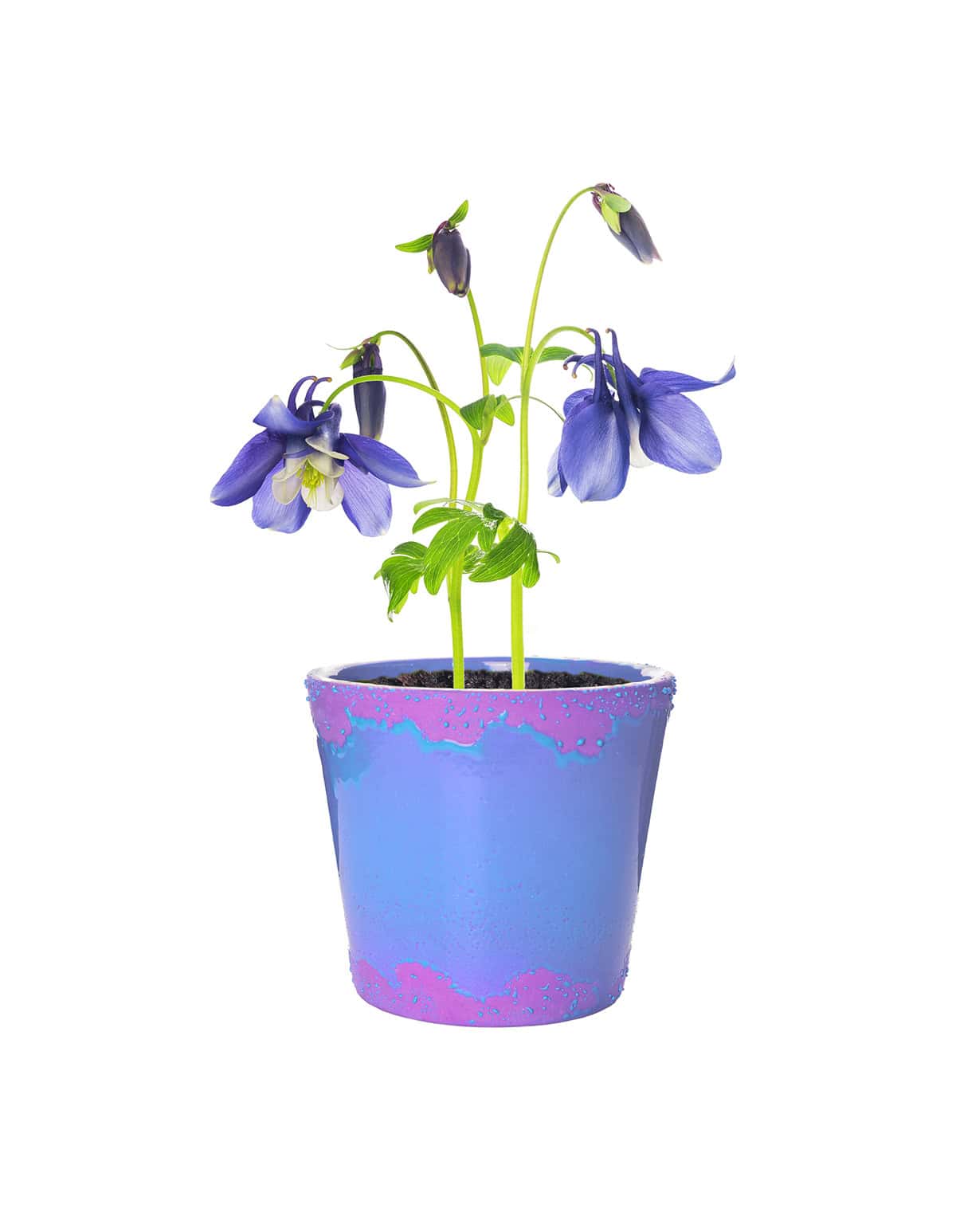
Pick containers with drainage holes—columbine roots like space and hate soggy feet. Skip shallow pots.
Use a light, well-draining mix—peat, compost, and perlite work well. Keep the soil moist but not wet.
If roots poke out the bottom or the plant looks cramped, it’s time to repot. Gently move it to a slightly bigger pot with fresh soil and water well.
No need to repot often—just check every few years. Remove faded blooms and old growth to keep your plant happy indoors.
Bright, indirect light is best inside. Outdoors, partial shade is ideal, especially if it’s hot. That’s the sweet spot for healthy blooms.
How To Get Columbine To Bloom
Want a big display? Give columbine sun in the morning or a bit of afternoon shade, and make sure the soil drains well. Soggy roots mean fewer flowers.
Water when the top inch dries out. Mulch helps keep the ground cool and moist.
Feed lightly in spring with a balanced fertilizer—skip the high-nitrogen stuff or you’ll get more foliage than flowers.
Deadhead spent blooms to keep plants tidy and possibly get more flowers. As petals fall, snip off the stems.
Young plants might take a year to really settle in. Once established, they’ll often reseed themselves. Let some seed heads mature if you want more to pop up next year.
Watch for pests like leaf miners—they can sap the plant’s energy. Healthier plants bloom better, so stay on top of problems.
Different varieties bloom at their own pace. Some start early, others wait for late spring. Let each plant do its thing for the best display.
Common Problems & Troubleshooting
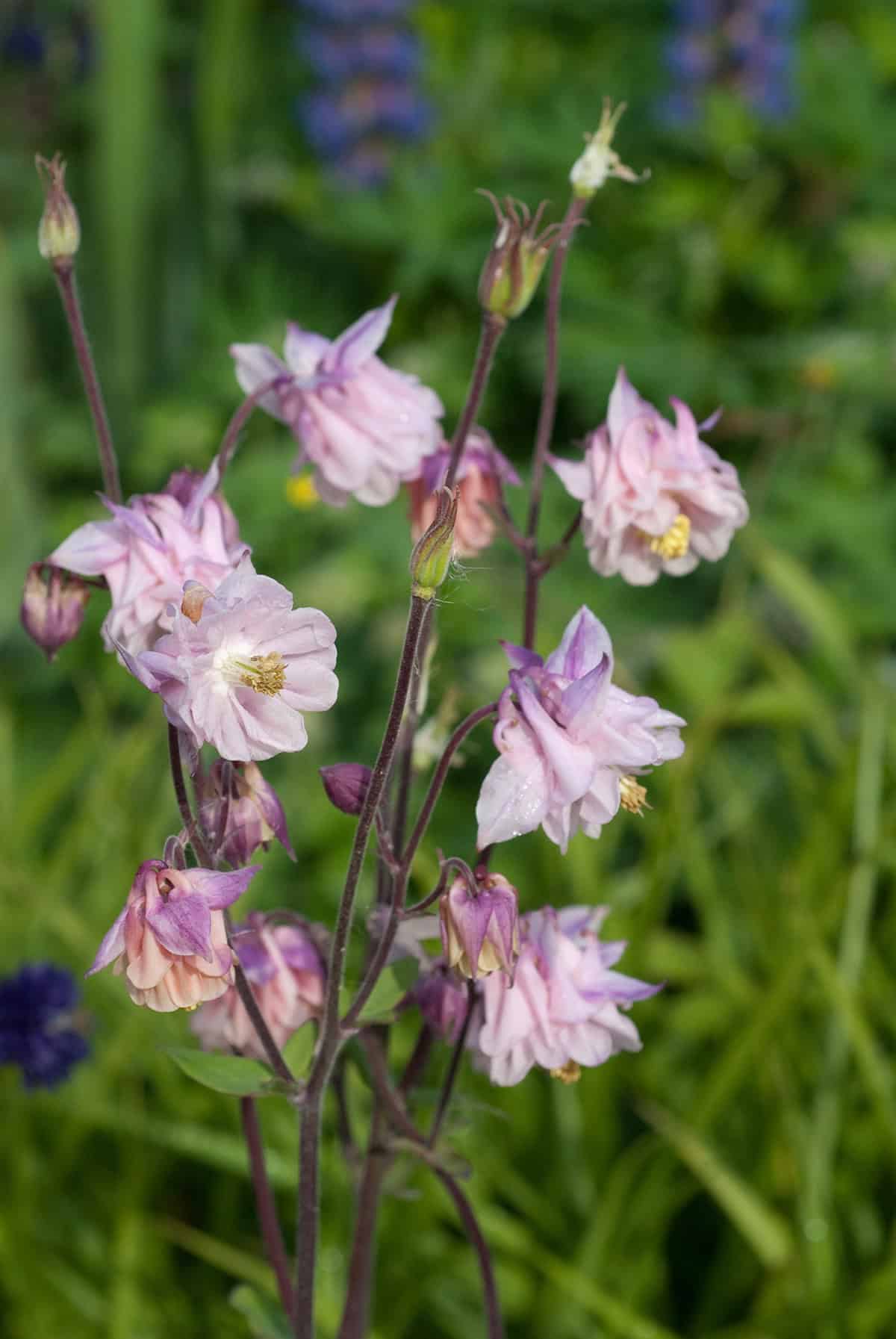
Columbine gets a few pests. Leafminers leave squiggly trails; sawfly larvae chew holes. Mostly cosmetic, but they can make the plants look rough.
Aphids and spider mites sometimes move in. Look for sticky residue or tiny webs. If you catch them early, a strong spray of water or insecticidal soap usually does the trick.
Poor drainage leads to crown rot, especially in spots that stay soggy. Well-drained soil is your best defense.
Powdery mildew pops up in humid weather—white, dusty spots on leaves. Remove affected leaves and thin out plants for better airflow.
Columbine borers are rare but can tunnel into stems. Wilting or broken stems are a clue—cut and destroy those to reduce the problem.
Leaf spots or discolored patches? Remove affected leaves and clean up debris. Good hygiene matters.
Some columbine varieties resist pests and mildew better than others. Check plant tags or reliable sources for sturdy options.
Plant Varieties
Columbines come in a surprising range of shapes and colors. Some are better for shade, others for sun, and each type brings its own twist to the garden.
Aquilegia vulgaris (European Columbine)
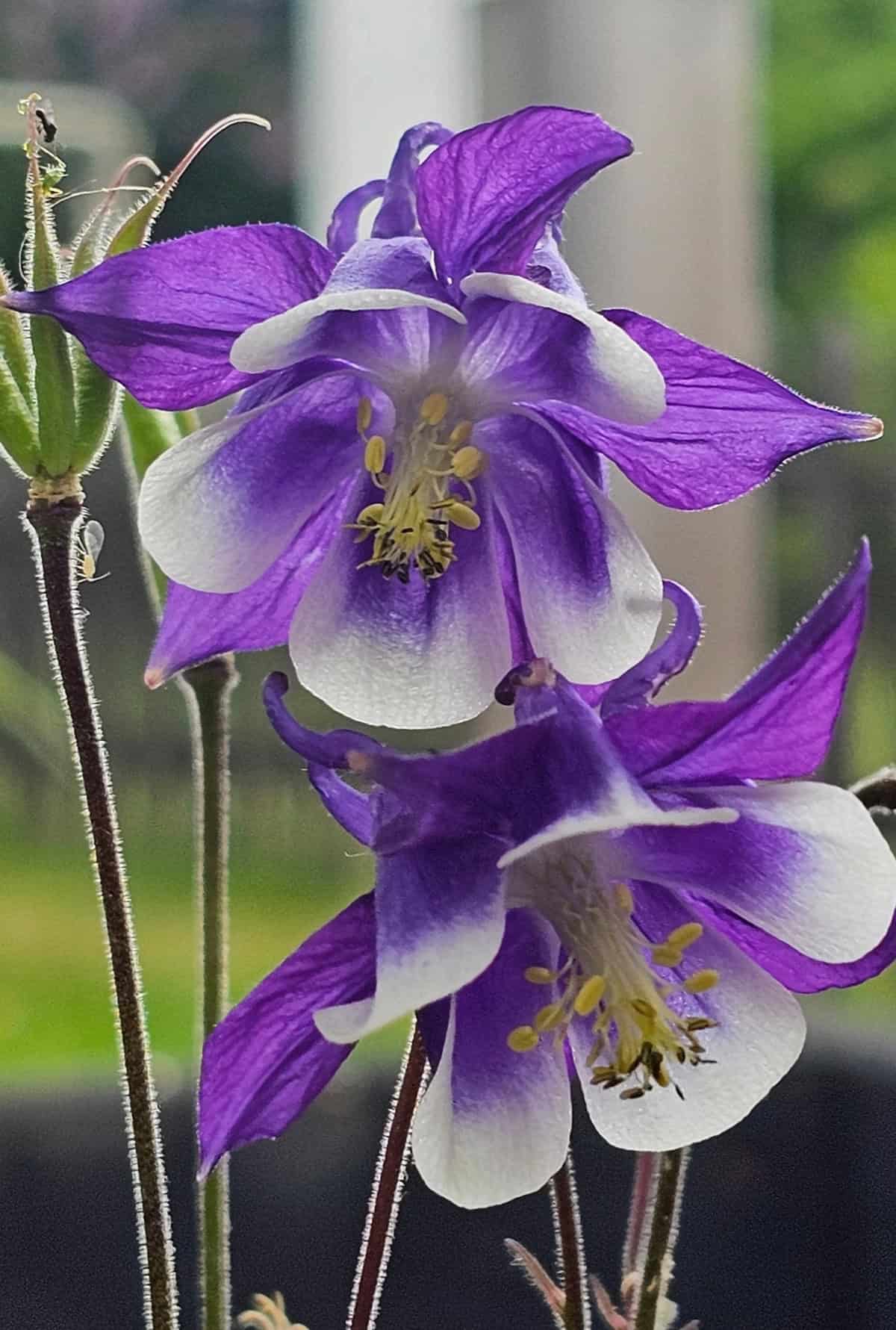
Recognizable by upright stems and those gentle pastel shades—blue, purple, pink, or white, sometimes even mingled—European columbine has petals with noticeably shorter spurs than its American cousins.
It leans toward light shade, though it’ll put up with sun if the soil stays damp. Typically, it tops out around 18 to 24 inches. The leaves? Soft, divided, and a little lacy—kind of elegant, honestly.
Gardeners like how easily it self-seeds. Once it’s settled in, it tends to come back yearly, though older clumps can dwindle after a while. Handles moderate drought and feels at home in containers or borders.
Aquilegia canadensis (Eastern Red Columbine)
Found wild across eastern North America, this one sports nodding red and yellow flowers with long, curved spurs—mostly in springtime.
Hummingbirds are regular visitors here. It’s happiest in rocky woods, slopes, or dappled shade, but it’ll settle into gardens too if the soil drains well. Grows about 1 to 2 feet, with rounded, delicate leaves.
Usually shrugs off pests, though leaf miners might show up. Good for native gardens and local pollinators. If you’re not keen on it spreading everywhere, snip off those seed heads after the blooms fade.
Aquilegia caerulea (Rocky Mountain Columbine)
Colorado’s state flower doesn’t disappoint—petals blend blue, lavender, and white, with thin, dramatic spurs. Flowers sometimes reach 3 inches across, which is pretty eye-catching.
Cool climates and higher elevations suit it best. In hot places, some afternoon shade and steady moisture help. Grows up to 2 or 3 feet, with finely cut foliage.
Bees and hummingbirds both flock to these blooms. If you’ve got other columbines nearby, don’t be surprised if you spot new colors popping up—they hybridize pretty easily.
Aquilegia chrysantha (Golden Columbine)
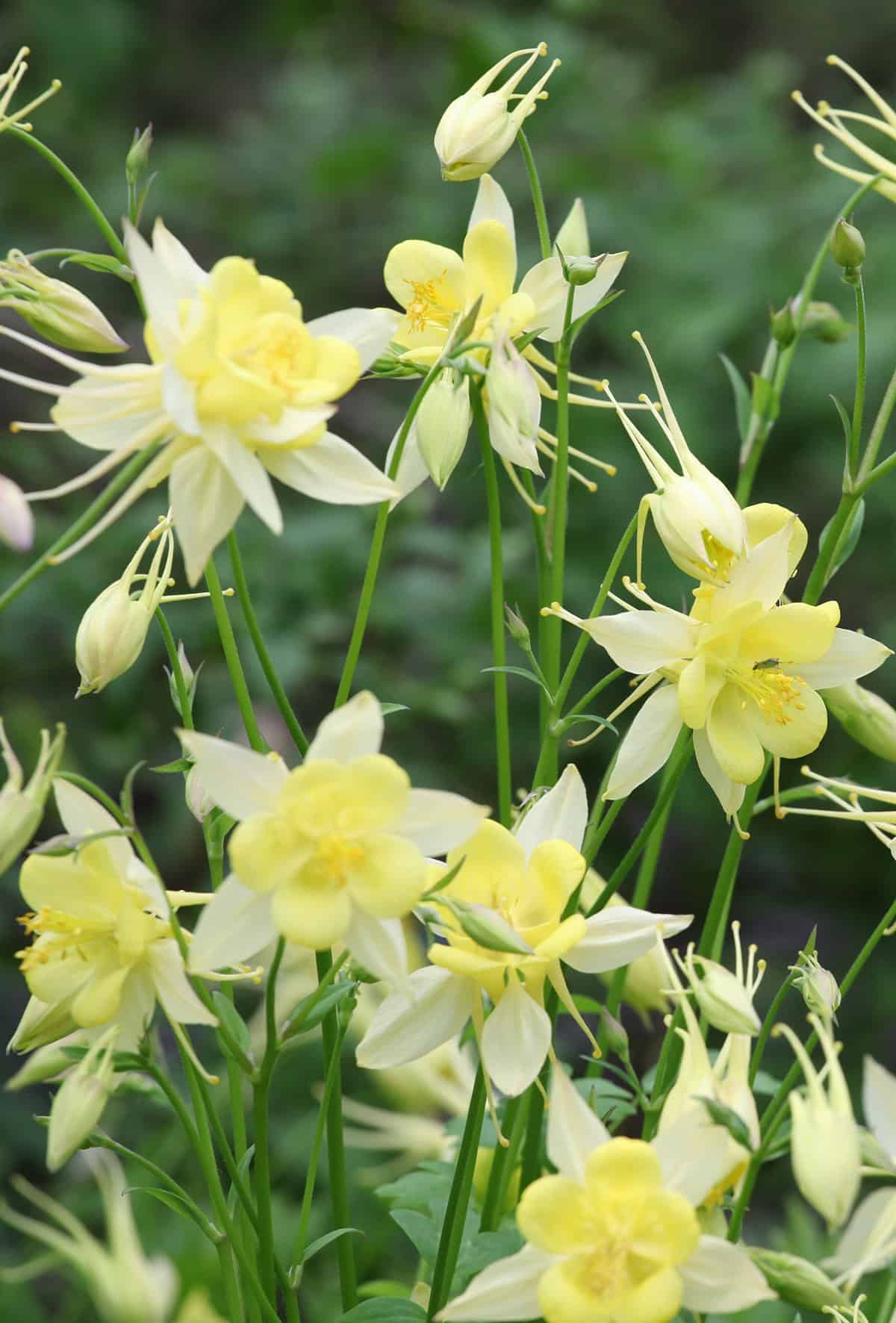
If bold yellow’s your thing, golden columbine is hard to miss. Bright yellow petals and extra-long spurs give it a bit of a starburst look.
Partial shade or full sun works, especially where summers aren’t scorching. It can hit 2 to 4 feet, so it’s great as a backdrop or accent. Flowers show up late spring and stick around into early summer.
Tolerates both damp and dry soils, which is handy. It’ll reseed a bit if it likes the spot, and the nectar’s a draw for bees and butterflies.
Aquilegia flabellata (Fan Columbine)
Fan columbine stays petite—just 8 to 12 inches tall. The blue or violet-blue flowers with white centers float above soft, gray-green leaves.
This tidy size makes it perfect for rock gardens, edges, or containers. Blooms show up early to mid-spring, and the foliage forms neat mounds that keep their color all season.
Prefers cooler, partly shaded spots and steady moisture. It’s less likely to self-seed than the taller types, which some folks might actually prefer.
Aquilegia formosa (Western Columbine)
Native to western North America, this columbine shows off with red and yellow hanging blooms, each sporting impressively long spurs. It usually tops out somewhere between 18 and 36 inches tall.
You’ll spot it along streambanks or tucked into open woods—places where the soil holds moisture but doesn’t get soggy. Its flowers are a magnet for hummingbirds and all sorts of native pollinators from late spring into early summer.
Leaf miners might show up now and then, but honestly, the plant doesn’t seem to mind. It’s a solid choice if you want a wildflower vibe and more wildlife flitting through your garden beds or borders.
